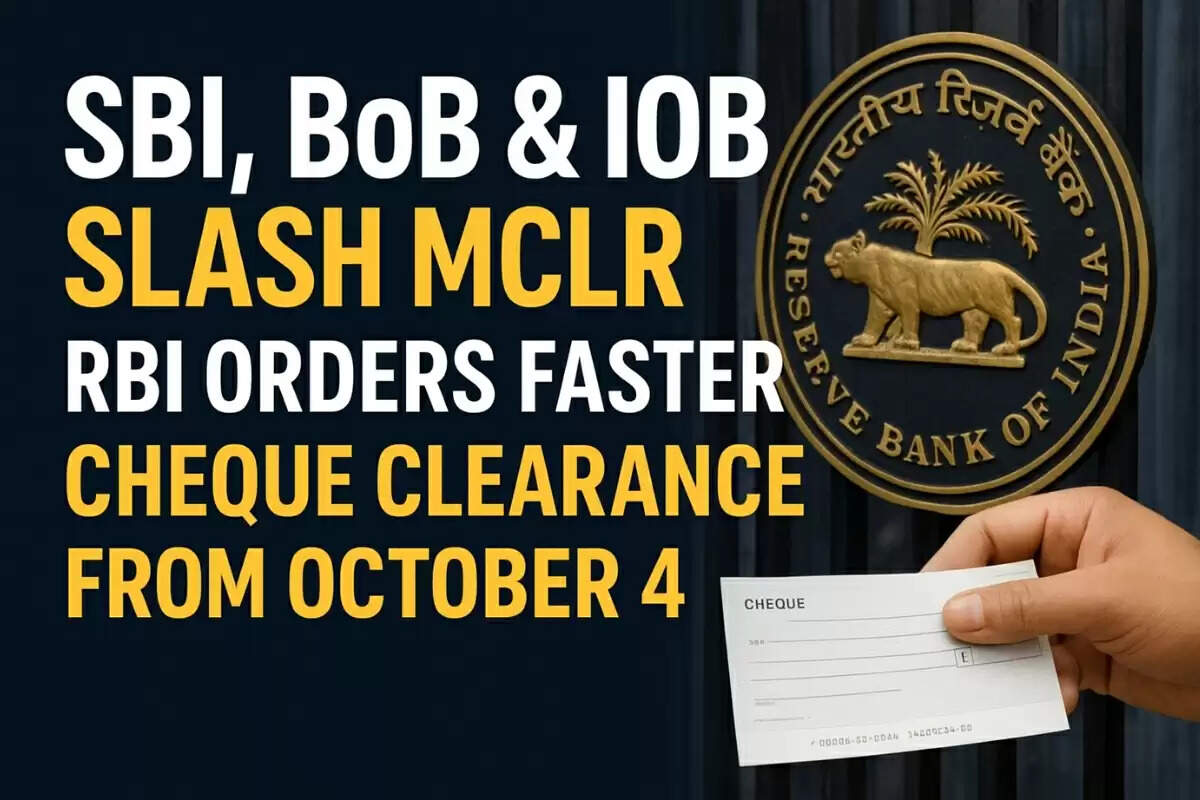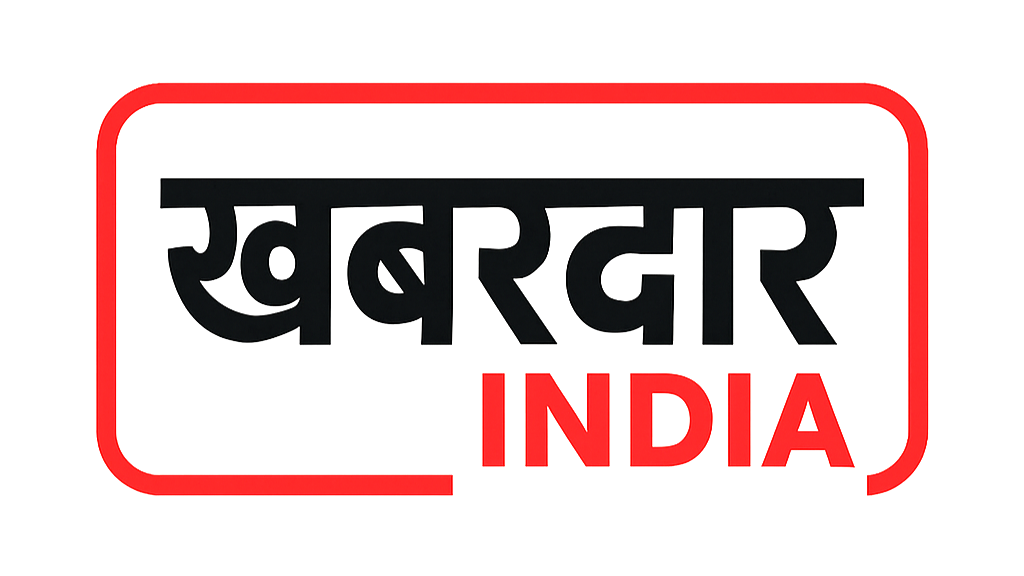SBI, BoB, and IOB Slash MCLR; RBI Orders Faster Cheque Clearance from October 4
Finance News: Big banking update! SBI, Bank of Baroda, and Indian Overseas Bank slash MCLR rates, giving relief to borrowers. Meanwhile, RBI orders same-day cheque clearance from October 4 to boost efficiency. Know how this impacts loans, EMIs & banking operations.
| Aug 17, 2025, 17:27 IST

Khabardar India Finance News: India’s banking sector has been buzzing with key developments recently. From major public sector banks (PSBs) reducing their Marginal Cost of Funds Based Lending Rate (MCLR) to the Reserve Bank of India’s (RBI) new directive on faster cheque clearance, and the staggering loan write-offs by PSBs, the sector is witnessing reforms as well as challenges.
In this article, let’s break down these updates and understand what they mean for borrowers, investors, and the overall Indian banking system.
What is MCLR and Why Does It Matter?
MCLR (Marginal Cost of Funds Based Lending Rate) is the minimum interest rate below which banks cannot lend. It is linked to the cost of funds for banks and serves as a benchmark for loan interest rates.
When banks reduce MCLR, it usually translates into:
Cheaper loans for borrowers (home loans, car loans, personal loans, business loans).
Boost in credit growth, as lower borrowing costs encourage individuals and businesses to take loans.
Higher competition among banks, which may benefit customers further.
SBI, Bank of Baroda, and Indian Overseas Bank Cut MCLR
Three major state-owned banks — State Bank of India (SBI), Bank of Baroda (BoB), and Indian Overseas Bank (IOB) — have announced a reduction in their MCLR across various tenures.
SBI, India’s largest lender, has always been seen as the benchmark setter for lending rates. Its MCLR cut is expected to benefit millions of retail and corporate borrowers.
Bank of Baroda, another leading PSB, followed suit, making credit more accessible at affordable rates.
Indian Overseas Bank, though relatively smaller, has also aligned with this move, which signals a sector-wide attempt to reduce lending costs.
Impact on Borrowers: Lower EMIs on existing floating-rate loans, better affordability for new loan seekers, and a possible push in housing and auto loan demand.
RBI’s Big Move: Faster Cheque Clearance from October 4
Adding to the reforms, the Reserve Bank of India has directed all banks to ensure that cheques are cleared within hours, effective October 4, 2025.
Why this matters:
-
Customer convenience: No more waiting for 2–3 days for cheque clearance.
-
Improved efficiency: Faster settlements will reduce delays in payments for individuals and businesses.
-
Boost in digital banking adoption: Even though digital payments dominate, this move strengthens confidence in traditional instruments like cheques.
This is part of RBI’s broader strategy to modernize India’s payment and settlement systems and bring them at par with global standards.
The Dark Side: Loan Write-Offs of Over ₹5.82 Lakh Crore
While borrowers rejoice over cheaper loans and faster cheque clearance, the sector faces a serious challenge — loan write-offs.
According to official data, Public Sector Banks (PSBs) have written off loans worth more than ₹5.82 lakh crore in the last five years.
What does this mean?
-
Loan write-off ≠ loan waiver: A write-off means the bank has removed the loan from its balance sheet but can still pursue recovery.
-
Mounting NPAs (Non-Performing Assets): This highlights the deep-rooted problem of bad loans in India’s banking system.
-
Burden on taxpayers: Since PSBs are government-owned, frequent recapitalization is often funded by taxpayers.
-
Erosion of investor confidence: Continuous write-offs raise concerns about the financial health of banks.
Balancing the Good and the Bad
The Indian banking sector is at a crossroads. On one side, reducing MCLR and faster cheque clearance point towards modernization, customer-centric reforms, and a push for credit growth. On the other side, massive loan write-offs underline structural weaknesses in risk management and credit appraisal.
What lies ahead?
-
Better governance and accountability: RBI and the government need to enforce stricter monitoring on large corporate loans.
-
Technology-led efficiency: Faster cheque clearance is a step forward; more automation and digital banking upgrades are needed.
-
Investor and borrower confidence: Lower rates will attract borrowers, but long-term confidence depends on banks cleaning up their balance sheets.
